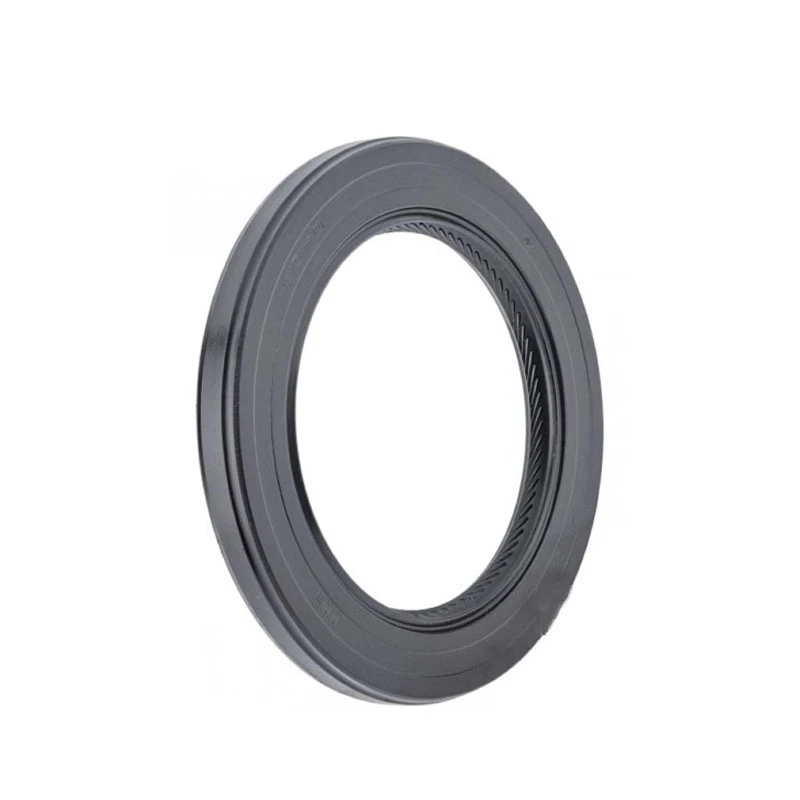single lip seal
Understanding Single Lip Seals Design, Function, and Applications
Single lip seals, often referred to as single-lip oil seals or simply lip seals, play a crucial role in a variety of mechanical systems. Designed to retain lubricant while preventing contamination from external elements, these components are vital for the efficient operation of engines, machinery, and various rotating equipment. This article will delve into the design principles, functionality, and applications of single lip seals, exploring their significance in engineering and manufacturing.
Design Principles
A single lip seal typically consists of a flexible elastomeric lip that is mounted onto a rigid supporting structure, often made of metal or plastic. The primary design feature is the lip itself, which makes contact with a rotating shaft to create a seal. The geometry of this lip is paramount; it is designed to conform to the shaft’s surface while maintaining a slight interference fit, promoting an effective sealing action.
The construction materials used for single lip seals can vary widely depending on their intended application. Common materials include nitrile rubber (NBR), fluoroelastomer (FKM), and silicone, each chosen for their resistance to specific fluids and temperatures. For instance, NBR is excellent for applications involving petroleum-based oils, while FKM is preferred for high-temperature environments and aggressive chemical exposure.
Functionality
Single lip seals function primarily through the principles of hydrodynamic film formation and contact sealing. When the shaft rotates, a thin film of lubricant is typically generated, which aids in reducing friction between the shaft and the seal itself. This not only prolongs the life of both components but also enhances efficiency by minimizing energy losses. The flexible nature of the lip allows it to adjust to any minor misalignments or surface imperfections, ensuring a consistent seal throughout its operational life.
Moreover, the design promotes self-wiping action; as the shaft rotates, debris and contaminants are pushed away from the sealing interface, further reducing the risk of wear or failure. This characteristic is particularly important in environments exposed to dirt and other particulates, as it helps maintain the integrity of the lubricant film.
Applications
single lip seal

The versatility of single lip seals allows them to be utilized in numerous applications across various industries. Some of the most common uses include
1. Automotive In vehicles, single lip seals are employed in engines, transmissions, and wheel hubs. They help contain engine oil and transmission fluids while preventing moisture and dirt ingress, ensuring smooth operation and longevity of critical components.
2. Industrial Machinery In industrial settings, these seals are found in pumps, gearboxes, and hydraulic systems. They protect critical moving parts from contamination, which is vital for maintaining efficiency and reliability.
3. Aerospace The aerospace industry also benefits from single lip seals, particularly in hydraulic and pneumatic systems where pressure retention is critical. Their ability to withstand extreme temperatures and variances in pressure makes them ideal for such applications.
4. Home Appliances Even in household items, such as washing machines and motors, single lip seals play a role in preventing leakage and ensuring that lubrication remains intact for smooth operation.
5. Agricultural Equipment Machinery used in agriculture, such as tractors and harvesters, relies on single lip seals to protect gears and bearings from dirt and moisture, prolonging the equipment's useful life in harsh operating conditions.
Conclusion
Single lip seals are an integral part of many mechanical systems, providing essential sealing capabilities that contribute to the overall efficiency, reliability, and lifespan of equipment. Their design, based on simple yet effective principles of sealing and lubrication retention, allows them to perform effectively in a wide range of environments. By understanding their functionality and significance, engineers and manufacturers can make informed decisions regarding their application, ultimately enhancing the performance of their products. As technology advances, the evolution of materials and design will likely continue to improve the efficacy and versatility of single lip seals in modern engineering solutions.
-
The Ultimate Guide to Boat Propeller Bearings and Trailer Wheel Bearings
News Jul.31,2025
-
The Essential Guide to Marine Bearings and Boat Trailer Wheel Bearings
News Jul.31,2025
-
The Complete Guide to Heavy Duty Seals: Protecting Doors and Spaces Efficiently
News Jul.31,2025
-
Essential Guide to Marine Shaft Bearings and Boat Trailer Axle Bearings
News Jul.31,2025
-
Comprehensive Guide to Marine and Trailer Bearings for Safe Boating and Transport
News Jul.31,2025
-
Comprehensive Guide to Automotive Oil Seals: Protecting Your Engine and Shafts
News Jul.31,2025
-
Understanding Automotive Oil Seals: Essential Components for Engine and Shaft Protection
News Jul.30,2025
Products categories















